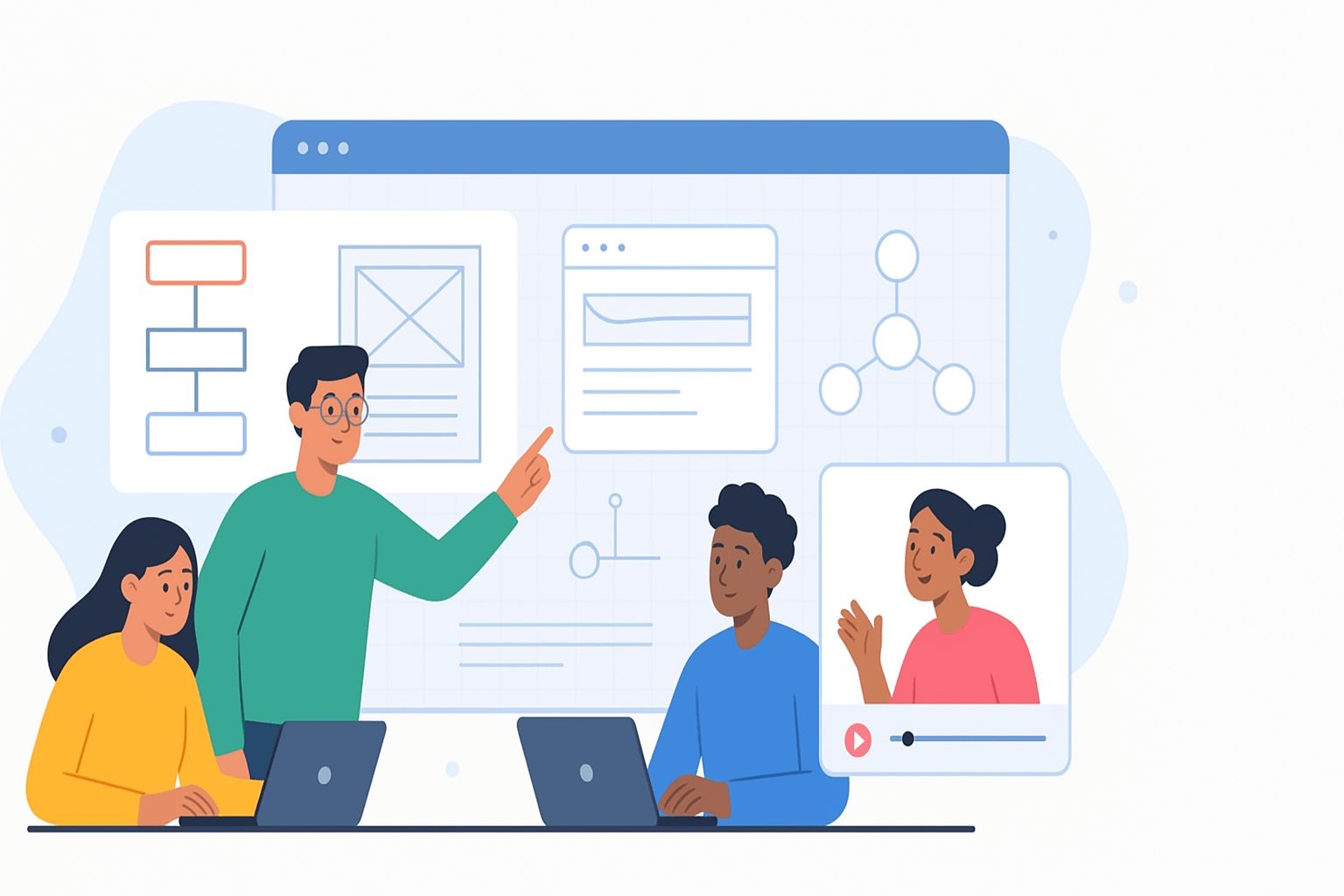
- Posted by : avyaay
- Business Technology
- Software Development
- Tech News
Zoho Unveils “Vani” — A Visual-First AI Platform That Reinvents Team Collaboration
In a bold move to rethink how teams collaborate, Zoho Corporation recently introduced Vani, a new visual-first, all-in-one collaboration platform aimed at combining brainstorming, planning, execution, and video communication into a single canvas.
What is Vani and why it matters
Vani is built to break down the silos that plague modern workflows — instead of toggling between multiple apps (whiteboards, flowcharts, video conferencing, spreadsheets), Vani offers a unified “infinite canvas” where teams can ideate, visualize, and act together.
Its core concepts include:
Space & Zone: A Space is the overarching canvas for a project, while Zones are sub-areas where different stakeholders or phases can work independently without interference but still maintain context across the project.
AI-powered visuals & summarization: The platform can generate diagrams, flowcharts, and mind maps from text and also produce summaries of specific Zones or entire Spaces.
Native video “Catchups”: Instead of launching a separate video app, teams can start video calls directly within Vani, discussing and iterating in-context. Meetings can also be recorded for later reference.
Templates & integration: It ships with templates and toolkits for brainstorming, strategy, design diagrams, and more. Moreover, Vani integrates with both Zoho’s own suite and third-party applications to pull in data from drives, documents, and spreadsheets.
Zoho is offering a free plan that supports unlimited user onboarding, with paid plans (around $5/user/month) for more advanced features. In India, Vani is priced around ₹240 per user per month.
What Vani means for teams, especially SMBs
For small and medium enterprises, reducing friction in collaboration can be a competitive advantage. Zoho argues that even a modest boost in ease-of-use can lead to outsized productivity gains.
With remote and hybrid work becoming the norm, visual tools can bridge gaps in alignment and clarity. Vani’s design is especially tuned for these environments: ideas don’t just get discussed — they get visible, shared, and actionable in the same space.
Compared with established tools like Google Workspace + Miro or Lucidchart, Vani’s differentiator is its seamless integration of video, canvas, and data, reducing context-switching and app overhead.
Challenges and caveats to watch
Though promising, Vani will face challenges:
Mobile app readiness: Currently, Vani is available via desktop and browser. A mobile client is on the roadmap, but not yet launched.
Adoption friction: Convincing teams to switch from entrenched tools (e.g. Microsoft 365, Google Workspace, Slack + whiteboards) will require clear ROI and smooth onboarding.
Performance & scaling: As more users and media-rich projects get onboarded, performance and responsiveness will be key — especially when handling video, large diagrams, or real-time collaboration across Zones.
AI accuracy & trust: AI-generated diagrams or summaries may need human tuning; the balance between automation and control will matter.
The bigger picture
Zoho’s launch of Vani aligns with broader themes in enterprise software: visual collaboration, AI augmentation, platform consolidation, and no-ad, privacy-first models.
Also relevant is Zoho’s push around data sovereignty and its own self-reliant infrastructure approach — positioning Vani as part of a larger narrative of trusted, integrated workplace platforms.
For IT companies and developers, Vani also offers fresh opportunities:
Building custom integrations, connectors, or APIs to link internal systems
Extending Vani’s features via plugins or extensions
Using Vani’s canvas as a space to prototype visual flows, architecture diagrams or collaborating on complex software designs